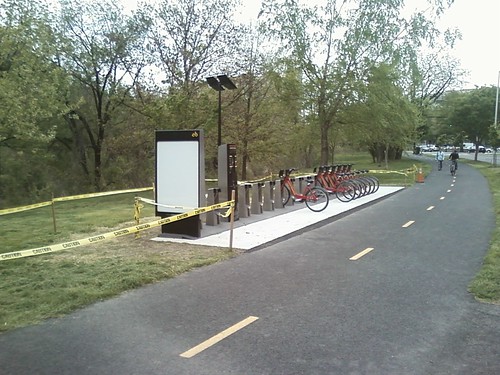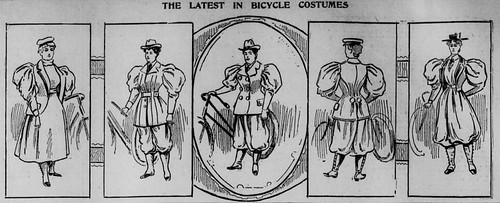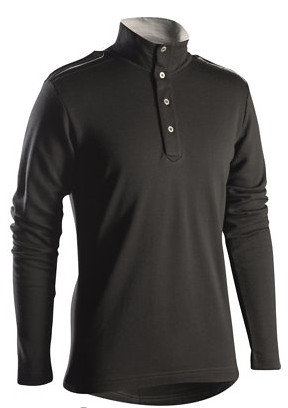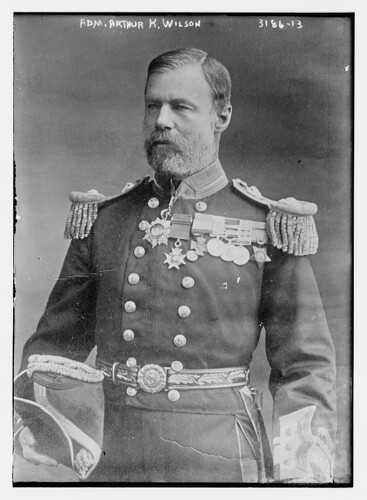As someone who reads and thinks about how cycling could be better supported in the U.S., the Netherlands comes up as a model often, although I have to wonder about its validity as such. In some cases, people make comparisons or talk about aspects of cycling in the Netherlands and it isn't clear if they are holding the Netherlands approach up as a model or simply an example of how it can be different than it is here. The later seems more useful to me since the likelihood of our ending up with anything vaguely like what the Netherlands has to support urban (and interurban) cycling absent their 100+ history in this area along (not to mention all the other factors) seems rather low.
With that in mind, however, it can be interesting to look at examples of this "conversation."
Cycling in the US from a Dutch perspective from this blogger
The above video provides a quick understanding of how at least one Dutch cyclist views the American approach to cycling. I don't disagree with any of this analysis as such but in a short overview like this he presumably includes those points that he considers most significant and leaves others out. In my own experience, it has been difficult to transition from an automobile-centered way of thinking to actually using bicycles for more routine day-to-day transportation needs. I have several bikes that I use for commuting the 20 miles round trip (~34 km) to and from work, but these bikes have pedals requiring special shoes and as road bikes are not very good for riding a mile to the grocery store or library for those kinds of errands. So for many years I have ridden a bike consistently to and from work over a fairly long distance, with special clothing and appearing to be in a great hurry (since this doubles as my exercise program) but then I drive very short distances to do things where I would want to arrive wearing street clothes. Kind of strange.
Recently I have started using another bike that is a much more upright one, with a three speed hub shift (and therefore incapable of speedsterish activity), to ride back and forth to places a mile or less away to do errands, without changing into some special cycling clothes. I have been surprised and I suppose a little amused at how enjoyable this is.

Capital Bikeshare arrives in my extendedneighborhood, but closer to my typical destination for short rides-still, nice to have it around
In a roundabout way of thinking, I feel that bikeshare programs, such as the Capital Bikeshare program here in the Washington DC area, are very helpful with modeling and enabling this kind of cycling.
"Infamous" video of bicycle commuters at an intersection in Ultrecht (not Amsterdam) illustrating the level of cycling in an urban setting in the Netherlands
This video serves as a counterpoint to the first video looking at cycling in the U.S., illustrating the significant differences in the scale of cycling as an activity. While I don't think the Netherlands can be our "model" for where we want cycling in the U.S. to end up, it certainly illustrates that cycling on a scale that rivals and even exceeds use of motor vehicles is possible and that specialized infrastructure (or as the video's narrator says, "infra") can be created to support that level of activity. (It's noteworthy that the Dutch observer in his video takes the benefits of specialized infrastructure to support cycling as a given - no "vehicular cycling" for him.)
It's also interesting to see how the Dutch cyclists comply with their traffic signals in this video, for the most part. At a few points there are riders who ignore the light, but the vast majority comply.
This syncs with a recent report that in Portland stoplight cameras studied showed that there was 94 percent compliance with stop lights by cyclists. What?? Really?? Yes. Of course the obvious reason for why this could be true in Portland (and not quite what I observe around here) is that they have a larger number of cyclists and that as a community they act to informally enforce or support good (or anyway legal) behavior while in situations that I see often here of one or two cyclists and a zillion cars, it is much more tempting or attractive not to.


